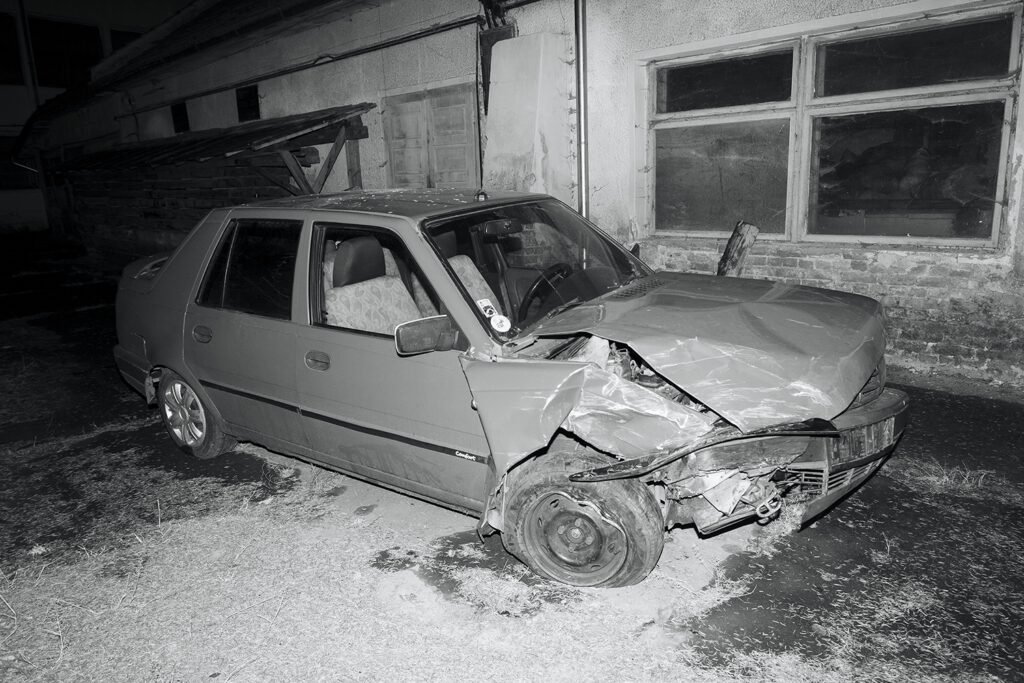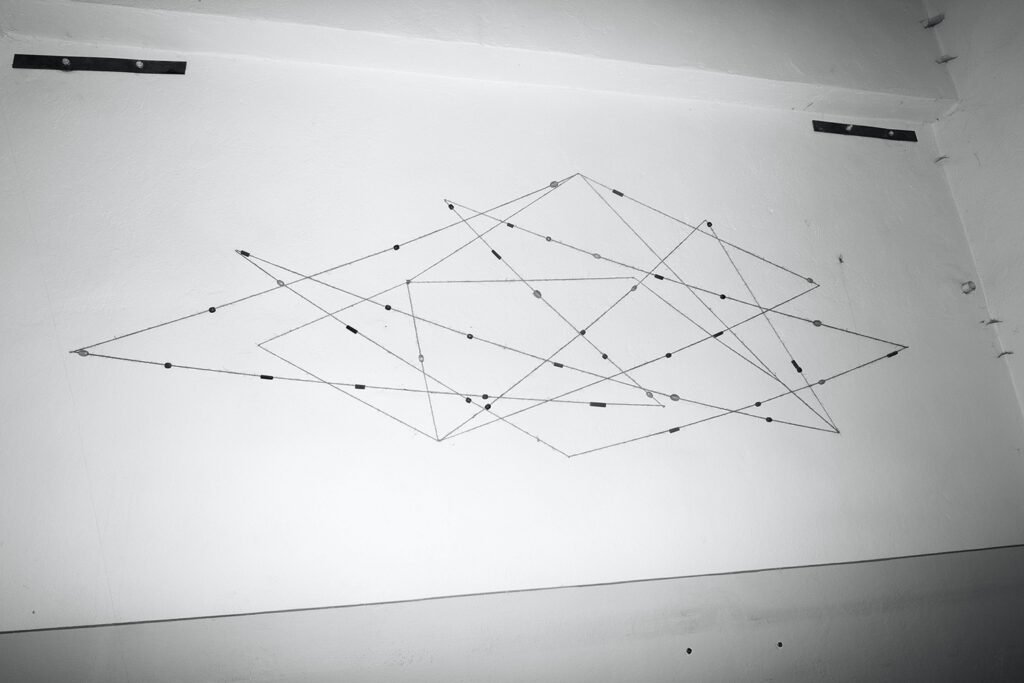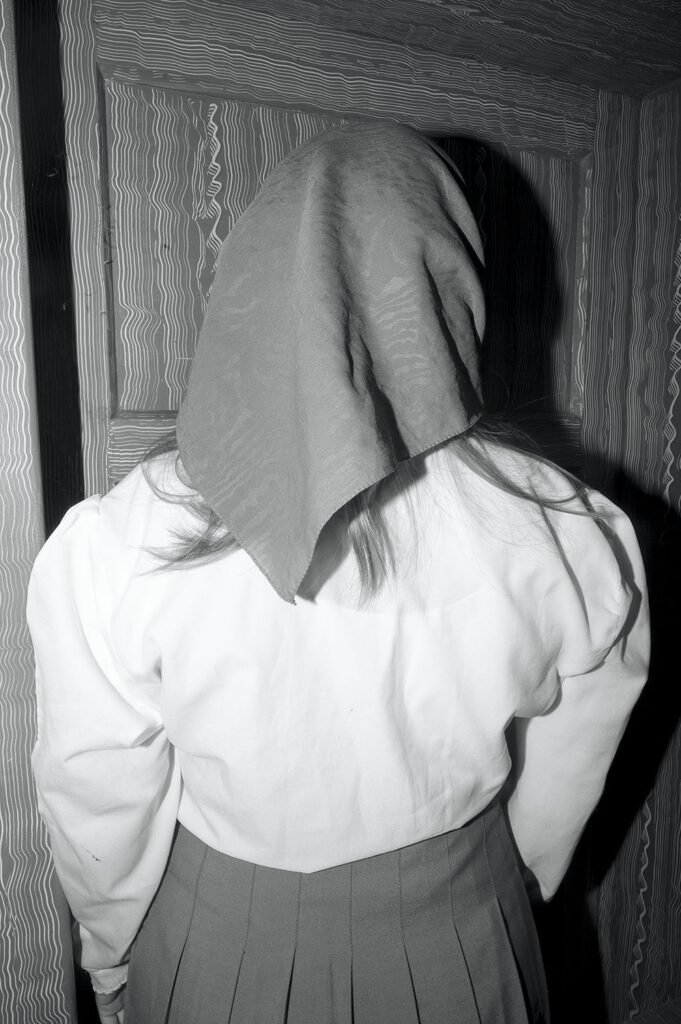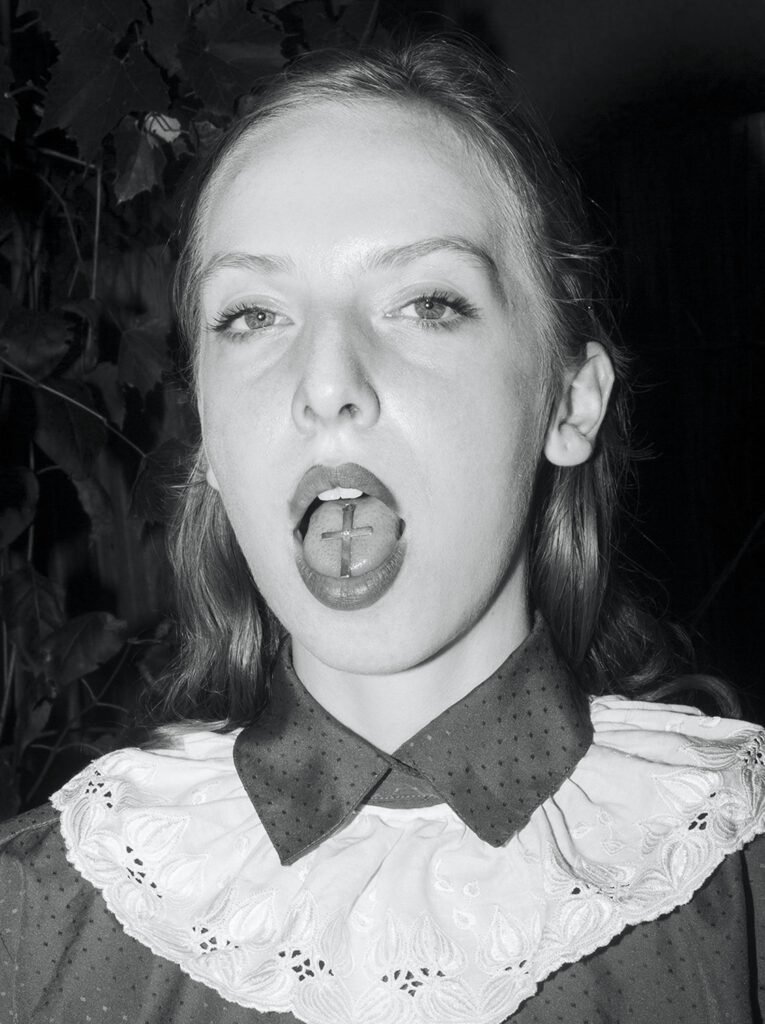The starting point of Kincső Bede’s work is, on one hand, the ever-present and eternal dilemma: how can generations with different historical experiences live together and collaborate within the family and communities, in a broader sense. The other is to confront and deal with the legacy of socialism, that unspoken historical past which creates tensions within Eastern European societies in a radically changed socio-economic and personal context. She responds to the issues that interest and affect us all deeply with a mode of expression and formal language characteristic of her generation, while evoking at the same time topos of cultural history in a very authentic way, creating an individual mythology. She approaches her subject boldly and concisely to present the ambivalent relationship of children to their parents’ traumas, while also giving personal insight into old and new problems. It is reassuring to see how even the most brutal phenomena become dusty and banal over time, while we can observe with some scepticism that even though each generation gives birth to another, each of them somehow closes in on its problems.
“These eyes, which I now see, have also seen the King.” – marveles Barthes at a photograph of Napoleon’s younger brother. The eyes you see (and don’t see) in this exhibition are the eyes of those who came into the world when people believed most in freedom. These eyes grew up in the decor of the previous show. Behind this decor we have been taught to be silent, to compromise, to look elsewhere and to ask ourselves what will other people say. Through Bede Kincső’s photographs we see the scenery, the decor of an abandoned world. People were killed for others to be able to get rid of this decor. But no one took out the trash. They knew they would not get anything new in return, so no one took it out. They kept it here for us, thinking it would be good for something – like a plastic bag full of plastic bags. They kept everything for us and here we are, not daring to get rid of it either. Where could we take it? Put it in the attic, send it to other countries, bury it next to our dead? The sheepskin astrakhan, the galoshes, the stuffed animal trophies on the walls, which for us are really just the heads of dead animals, the folk costume from the dowry with the smell of mold that no one will wear anymore, the doll’s head, the embroidered pillow, and the nick-nacks , the infinite number of porcelain nick-nacks. These are familiar to us, among these we arrange our own objects, with these clothes we match our new clothes – you would think it’s costume and decor, but no: we are not ashamed, these are the most familiar smells, sounds and colors. These are the first things we’ve ever known in this world.
Written by Kata Győrfi
Kincső Bede (b.1995) is a Romanian visual artist with Hungarian roots, who grew up in a small city in Transylvania, Romania. She is fascinated by the communist past of her homeland, the power of the leader Nicolae Ceaușescu, the control exercised by the security agency Securitate, and how this history is passed down across the generations. Currently, Kincső lives and works in Budapest, Hungary and she is studied at the Moholy-Nagy University of Art and Design. She is part of the Studio of Young Photographers. In 2020 she won the photography scholarship of the Association of Hungarian Photographers. In the same year she was among the winners of Carte Blanche Students, a scholarship founded by Paris Photo. The works of the four winners were exhibited at the Parisian Gare du Nord. Her diploma series, titled ’’Three Colours I Know in This World’’ was chosen for the 10 New Talent 2020 programme by the curators of BredaPhoto Festival and was exhibited in The Netherlands. Her work is often applauded by the foreign press, like: GUP Magazine, The Steidz, The Art News Paper Edition Francaise, GLAMOUR Romania etc.. Also, her photos are part of the Blurring the Lines 2020 issue. From 2020 she is represented by TOBE Gallery, in Budapest. In 2021 she was exhibited at UNSEEN, in Amsterdam, and in Paris, at Paris Photo’s Curiosa sector with TOBE Gallery, curated by Shoair Mavlian. In 2022, she was awarded the prize intitled: PhMuseum Photography Grant as a New Generational Prize – Honorable Mention.












